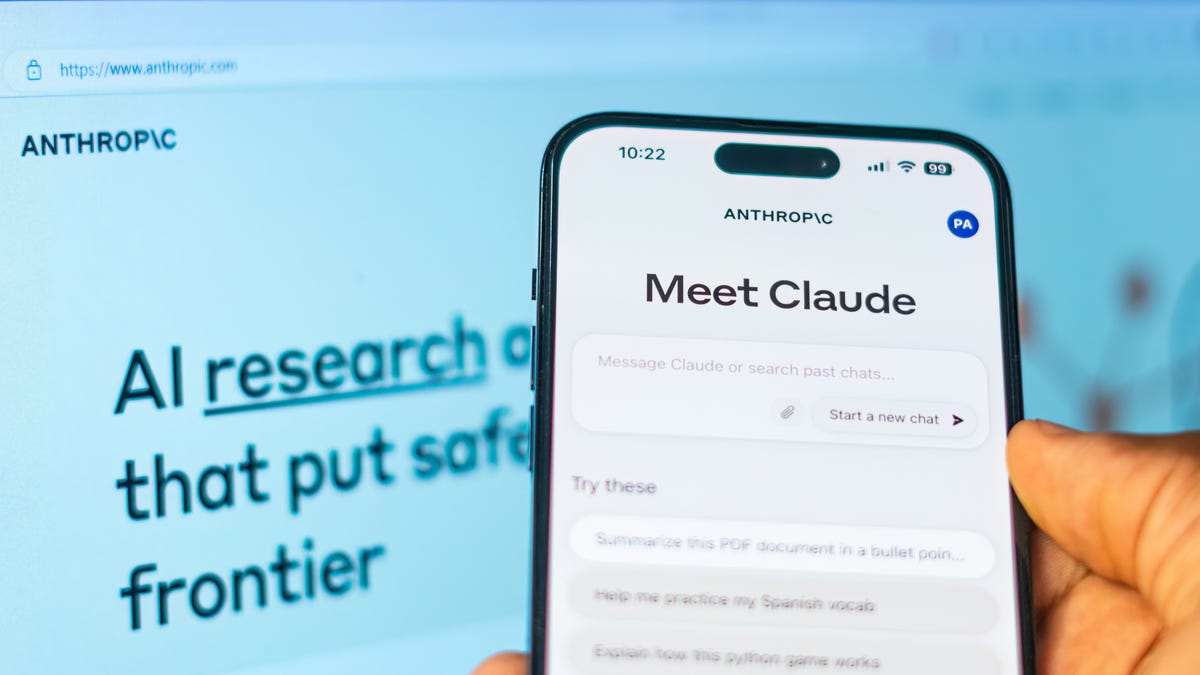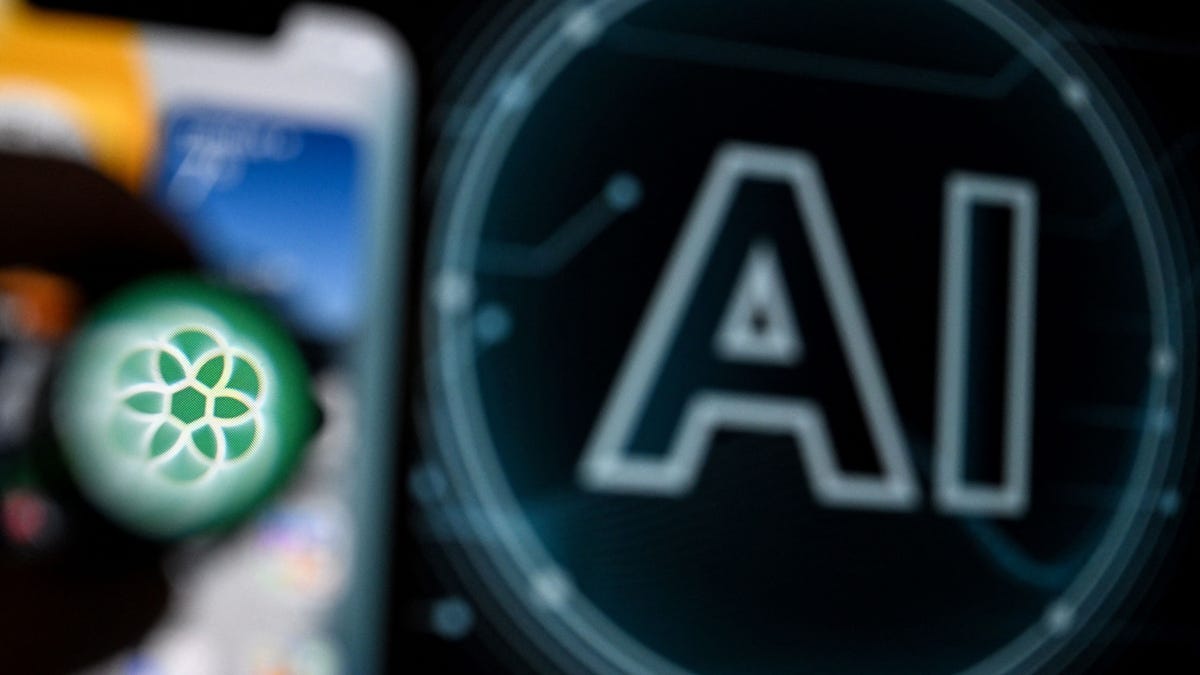
In response to the lawsuit the New York Times has filed against it, OpenAI has sought to dismiss portions of the complaint.[1] But instead of filing a traditional motion to dismiss that argues that the allegations of the complaint are insufficient to support legal liability, OpenAI went on the offensive. It sought to recast the case by including an extensive factual background that went far beyond — and sometimes is incompatible with — the allegations of the complaint. In short, the motion to dismiss seems more like an attempt to influence the public view of the Times case, rather than an effort to narrow the scope of the dispute.
On December 27, 2023, the Times filed its lawsuit against Microsoft Corp.; OpenAI, Inc.; and related companies in the U.S. District Court for the Southern District of New York, alleging that those companies have improperly trained large language models (LLMs) on the Times’s copyrighted works, and that the defendants then deployed these models for public use. The Times’s complaint includes counts of direct copyright infringement, vicarious copyright infringement, contributory copyright infringement, violations of the Digital Millennium Copyright Act (DMCA), unfair competition by misappropriation, and trademark dilution. As we have discussed earlier, a notable aspect of the complaint is its specificity — particularly, it provides several examples of the ChatGPT LLM being able to reproduce Times articles almost verbatim.
On February 26, 2024, OpenAI responded with a motion to dismiss the claims of contributory copyright infringement (Count IV), DMCA violations (Count V), and unfair competition (Count VI). OpenAI also seeks to have portions of the direct and contributory copyright infringement claims that occurred outside of the statute of limitations dismissed as time-barred.
OpenAI’s motion to dismiss is noteworthy for a number of reasons. Motions to dismiss generally follow a well-trodden path of reciting the factual averments of the complaint, then arguing that those facts, even in the best of circumstances for the plaintiff, do not form the basis of an actionable claim. That is because the court’s standard in reviewing a motion to dismiss is to assume the truth of all of the facts in a well-pled complaint and all reasonable inferences drawn from those facts. The court will then dismiss the complaint (or parts of it) only if those facts do not form a plausible basis for the claims asserted or if there is some legal bar to the claims that is apparent without any fact finding. OpenAI did not take that approach.
Instead, OpenAI ranged far afield factually, not limiting itself to the factual averments of the complaint. In an attempt to do so without drawing the judge’s ire, it sought to invoke several of the loopholes that allow the consideration of information outside the express language of a complaint, stretching the exceptions until they would swallow the basic rules on motions to dismiss. So in the end, the motion’s factual background section itself may draw the judge’s wrath for a transparent attempt to circumvent the basic rules of motions to dismiss.
Indeed, the factual background section of the motion to dismiss reads more like a press release than a legal pleading in that it introduces new factual allegations, argues that the facts alleged in the complaint are incorrect, suggests affirmative defenses, and contains an overblown self-serving assessment of the company’s importance.[2] But OpenAI actually flat-out admits the most basic premise of the complaint: that it copied the Times’s work and used it to teach the ChatGPT LLM (albeit more than three years ago). That fourteen-page exposition on the history of ChatGPT then bears little, if any, relationship to the four substantive arguments raised in the second half of the motion.
In its first substantive argument, OpenAI plainly asserts that any direct copyright infringement that “occurred more than three years ago” should be dismissed because it is time-barred under the statute of limitations set forth in 17 U.S.C. § 507(b).[3] However, three years is not necessarily three calendar years; federal courts follow the “discovery rule” that begins the three-year clock when the plaintiff discovers, or reasonably should have discovered, the infringement as opposed to the date of actual infringement. It is likely that the Times will respond by saying that it did not know — and could not reasonably know — of OpenAI’s infringement until it could query ChatGPT.
OpenAI states that the Times’ copyright infringement position is based on OpenAI’s use of the WebText database — which contains Times works — to train an early version of GPT (the LLM underlying ChatGPT), and that this training took place more than three years ago. That is really much more of a misappropriation model of wrongdoing than copyright infringement; OpenAI clearly made a copy of the Times’s articles when it first copied them, but it arguably continues to do so every time it creates a derivative work based on those articles. In addition, OpenAI does little to address why it apparently believes that the Times knew or should have known of these activities. Further, OpenAI does not specifically address a related allegation in the complaint regarding another database containing Times works that was used to train GPT, Common Crawl.[4]
Regardless of when OpenAI began using any of these databases, it is well understood that newer versions of GPT are likely to have been trained and retrained on the same or similar sources. As implied by OpenAI’s own website, further ingestion of the Times’s works may have occurred during some or all training procedures that have led to numerous iterations of ChatGPT. Indeed, OpenAI no longer publicly identifies its training data sources or training procedures. Thus, it is hard to understand how the Times should reasonably have known about all of these possible copying events. And more fundamentally, OpenAI provides the court with no guidance on how to narrow the case and tease apart the time-barred original infringement and unbarred creation of derivative works in a simple manner.
Second, OpenAI argues that the Times has failed to state a claim for contributory copyright infringement. Such a claim requires that the plaintiff allege that the defendant knew or had reason to know of copyright infringement of another and that the defendant actually has knowingly induced, caused, or materially contributed to this infringement. In the complaint, the Times alleged that:
Defendants knew or had reason to know of the direct infringement by end-users because Defendants undertake extensive efforts in developing, testing, and troubleshooting their LLM models and GPT-based products. Defendants are fully aware that their GPT-based products are capable of distributing unlicensed copies or derivatives of copyrighted Times Works.
Here, OpenAI makes two points. The first is that the Times’ allegations are too generalized and contemplates only the mere possibility of infringement by OpenAI’s end users. That is, there is no concrete end-user direct infringer to which OpenAI’s inducement can be tied. Of course, information about end users’ prompts and the result returned would be in OpenAI’s hands (if anyone’s), not the Times. The second point, which is rather specious, is that any such contributory infringement would violate OpenAI’s terms of use. It is a curious argument because it does not deny that it may have violated the law, but only that end users may have violated their contractual obligations to OpenAI if they follow OpenAI’s lead. To the extent that OpenAI is contending that it just held the door open and its end users walked through on their own accord, such an angle is unlikely to be persuasive.
Third, in seeking to establish a DMCA violation, the Times alleged that ChatGPT removed “one or more forms of copyright-management information in each of The Times’s infringed works, including: copyright notice, title and other identifying information, terms and conditions of use, and identifying numbers or symbols referring to the copyright-management information.” OpenAI responds by, among other things, stating that the Times’ allegations do not include the specific copyright-management information that was included in each work, and thus paint with too broad of a brush. Here, OpenAI has some recent authority on its side, as the judges in parallel cases of Andersen v. Stability AI Ltd. and Tremblay v. OpenAI, Inc. have set the pleading bar to require a higher level of specificity for analogous LLM infringement claims under the DMCA. It remains to be seen how the Times will seek to distinguish those cases.
Finally, with regard to unfair competition by misappropriation, the Times essentially alleged that OpenAI’s use of the Times’ content results in a loss of revenue for the Times. The argument, made in more detail in the complaint, is based on the Times’s concern that integration of GPT into a search engine (here, Microsoft’s Bing) will obviate the need for readers to subscribe to the Times or visit its website. In other words, instead of referring users to the Times, the search engine will generate a result that incorporates aspects of the Times’s works without giving the Times money or credit.
OpenAI’s response here is more traditional than its other arguments: that such state law claims are preempted by the Copyright Act. That argument is well-established in precedent and relies only on legal arguments (not any factual information) and is thus more likely to succeed than the other, more novel arguments. OpenAI also addresses one of the complaint’s specific example of alleged misappropriation relating to the Times’ Wirecutter product recommendations (as source of revenue for the Times). Specifically, OpenAI analogizes the Wirecutter recommendations to compilations of stock recommendations that were found not to be misappropriation in a previous case. In a nutshell, OpenAI argues because that the Wirecutter recommendations are not being sold by OpenAI as its own work and the Times did not obtain the recommendations through “efforts akin to reporting,” the allegations fail the misappropriation test. That portion of the argument is less likely to succeed because it would force the judge to delve into the factual similarities and differences.
OpenAI’s motion to dismiss seems like it is more of an attempt to convince credulous reporters[5] (and, by extension, the public) of the justice if its ways. It refuses to accept the Times’s characterization of the facts and instead provides its own history and arguments. But those assertions are not closely tied to the legal arguments OpenAI makes. So at best, OpenAI is seeking to give the judge a roadmap to what he will see later; at worst, it is a cynical ploy to win over hearts and minds outside of court. The legal arguments in the motion to dismiss, in contrast, are written in a more traditional manner but have varying likelihoods of success. We will know more soon, when the Times responds.
[1] Microsoft has now also moved to dismiss portions of the Complaint, with a far more traditional approach. We will review that motion in a forthcoming post.
[2] For example, “OpenAI was founded in 2015 to advance digital intelligence in the way that is most likely to benefit humanity as a whole,” and “The new GPT-3 model was by far the most powerful language model ever created.” While the GPT family is indeed a very powerful set of large language models, this assertion should be taken with more than a lost shaker of salt. A standard response employed for years by high tech companies accused of IP theft amounts to “Don’t stop us bro, we’re innovating.” This response is often made as those companies are raking in huge profits or setting up an environment in which they can do so.
[3] Notably, Microsoft does not make this argument.
[4] OpenAI contends that prior to the three-year period, “it was common knowledge that WebText2 and Common Crawl included numerous articles published by the Times.” That assertion is not drawn from the complaint.
[5] To be fair, few reporters are trained in the law well enough to distinguish between the standard for summary judgment and dismissal. Even some lawyers get it wrong.
[View source.]
Source: www.jdsupra.com



